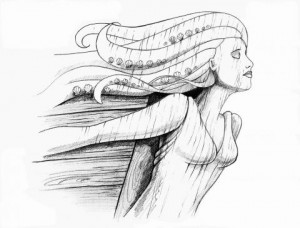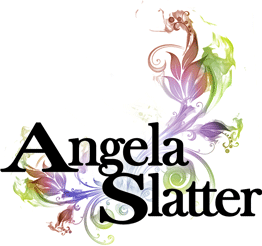Clan Destine Press is bringing out a new anthology And Then, and you can read interviews with the authors here over the next few weeks. There is also an Indiegogo campaign, to which y’all can contribute here.
 One of my favourite people is Jason Nahrung, and he takes some time out today to discuss his And Then tale.
One of my favourite people is Jason Nahrung, and he takes some time out today to discuss his And Then tale.
1. What inspired “The Pelican Club?
My story, “The Pelican Club”, is a further exploration of a paranormal urban Brisbane I first visited in “Night Blooming” (2015); I’m using short stories to develop the characters and the world with a view to a fully fledged novella, tantalisingly close to revealing its full narrative to me. The idea for the world came out of a submission call for another publisher’s anthology series themed on “blood”, but it took me so long to sidestep my default vampire setting that I totally missed that call (twice*). I think it was the fangs that led me to the naga, and the naga that led me to the pisacha, so I haven’t got that far away from the vampires after all. Funnily enough, the original scene that got me into this storyworld still hasn’t made it into an actual story, and possibly never will.
2. What appealed to you about this project?
What’s not to like about an adventure (cue Pseudo Echo!)? I remember (in fact, still have) the old-style adventure yarns I read in “Adventure Stories for Boys” or some equally gender-biased anthology when I was a kid: this compendium isn’t like that, except perhaps in spirit. Here was a chance to write a long short story (finally, a market over 5,000 words!) to indulge some derring-do, some noir, some urban fantasy. And I had a dynamic duo all ready to rock.
3. What advantages does a long-short form offer?
It’s satisfying to be able to stretch the wings a little, to have room for the story to get a little muddy. In a short, say, 2,000-5,000 words, there’s not a lot of room for the untidy bits of the story – the extra character who adds colour or a different perspective, a bit of insight, for instance; everything has to serve the immediate story. So being able to indulge in a little scene setting, a little character byplay, perhaps a subplot or the hint of one, is really welcome. Especially when the story has associations with others, so you can play with linkages to reward the reader who has familiarity with the storyworld, without confusing the reader who does not.
4. The future of short fiction is …
Long. As a reader, the well-crafted short can be so rewarding, and as a writer, while the form challenges the hell out of me (always a good thing, and indeed, it’s a good place to experiment), getting the occasional sale props up my ego and reminds me, and presumably readers, that I’m still alive. Plus, some stories are just best told short.
5. What’s next for you? 
I have this pesky PhD taking up most of my time – I’m writing a short story suite set in climate-changed Brisbane (no supernatural elements) so that’s a challenge on a number of fronts. But Shane and Manasa are still knocking on the door for another outing …
* Do check out Bloodstones and Bloodlines, both from Ticonderoga Publications, for some “bloody” good yarns.
Jason Nahrung grew up on a Queensland cattle property and now lives in Ballarat with his wife, the writer Kirstyn McDermott. He works as an editor and journalist to support his travel addiction. His fiction is invariably darkly themed, perhaps reflecting his passion for classic B-grade horror films and ’80s goth rock. His most recent long fiction is the Gothic tale Salvage (Twelfth Planet Press) and 2015’s outback vampire duology Blood and Dust and The Big Smoke (Clan Destine Press). He lurks online at www.jasonnahrung.com.

